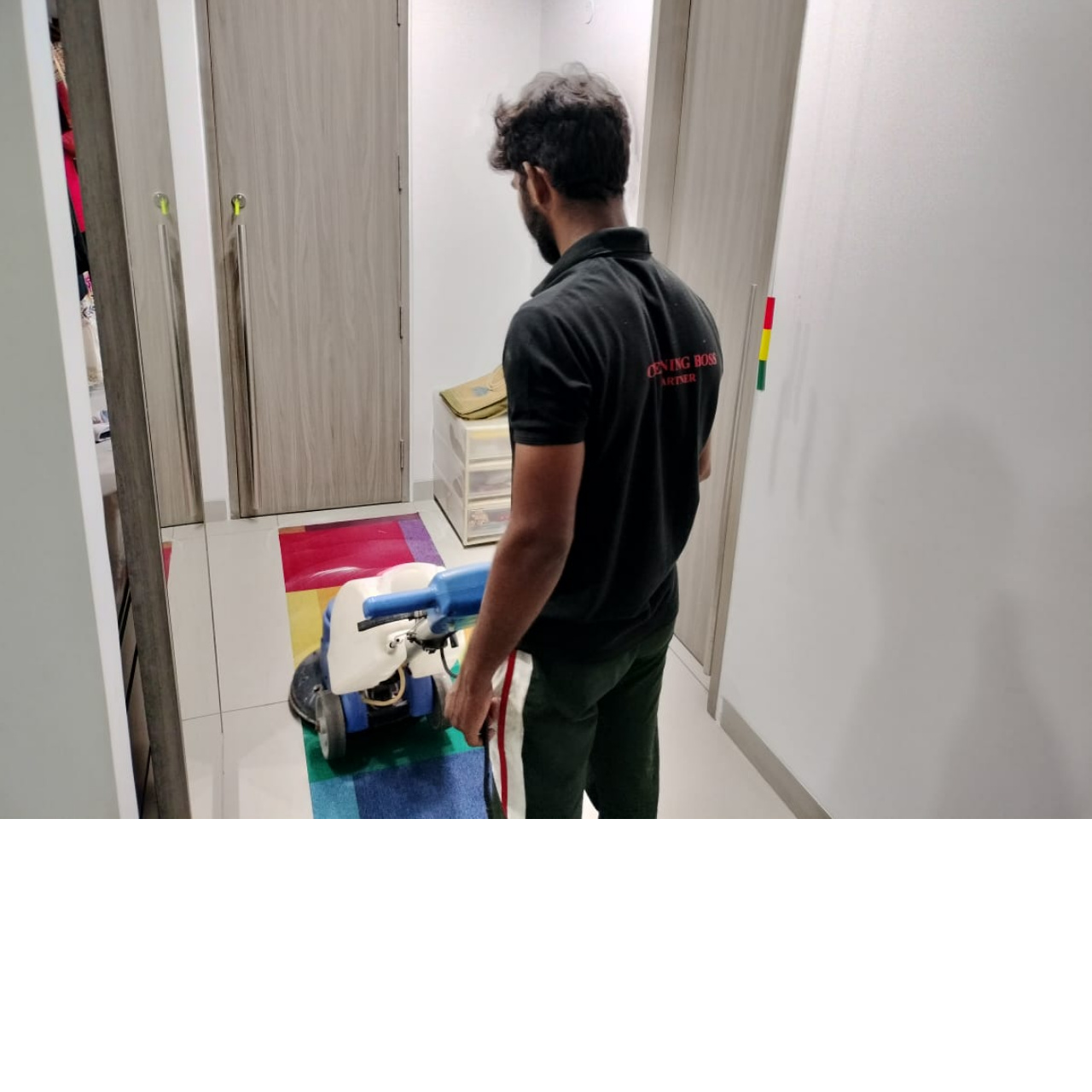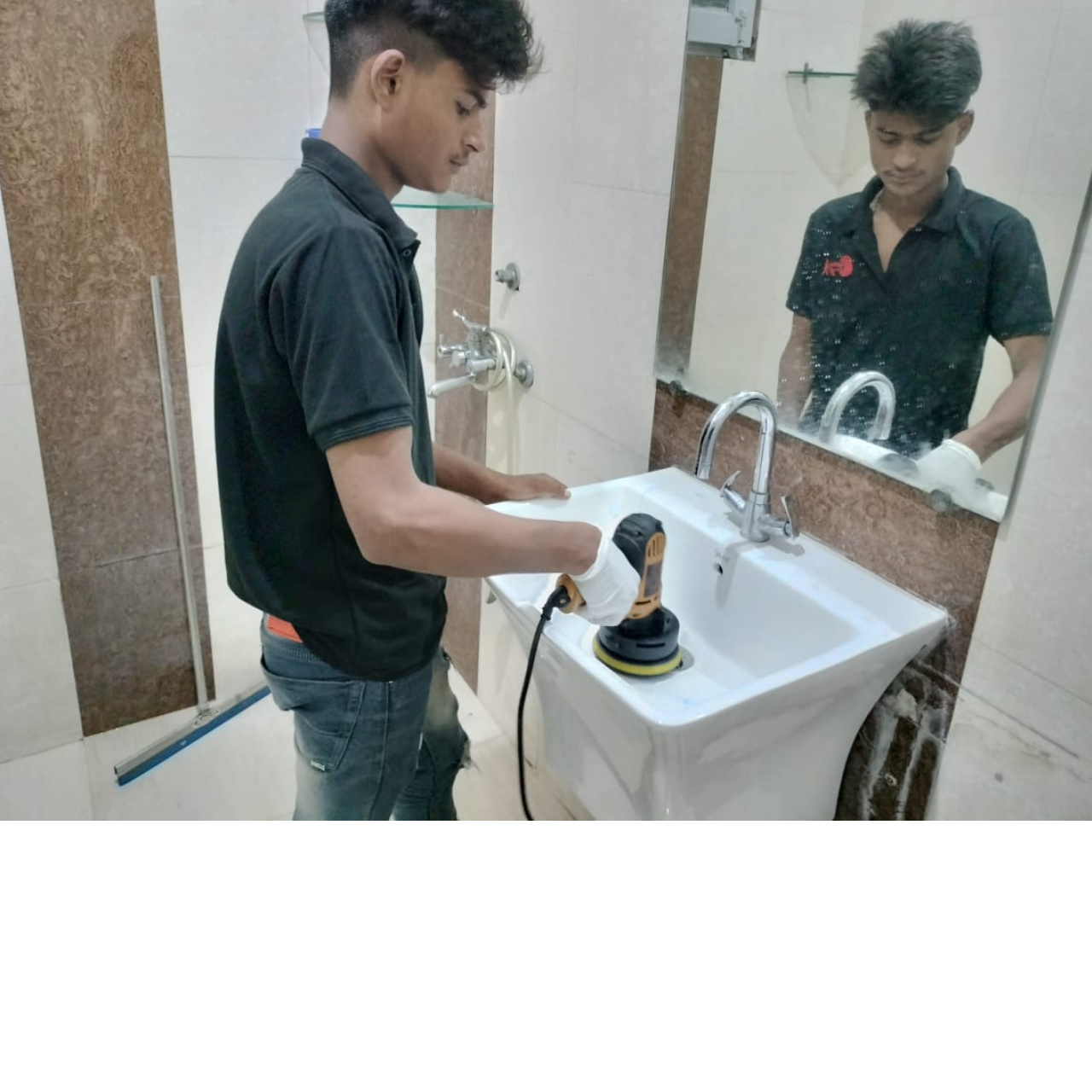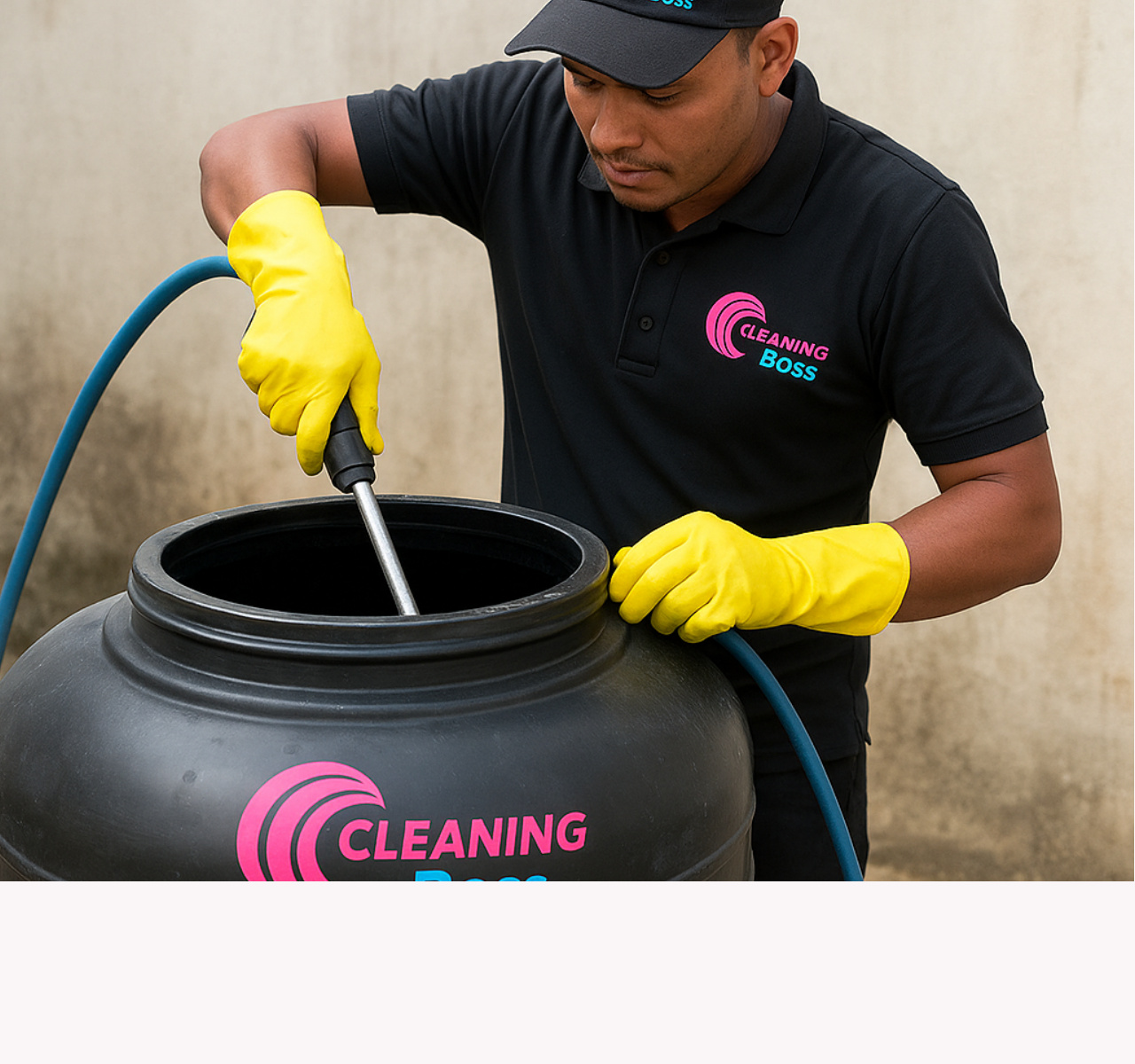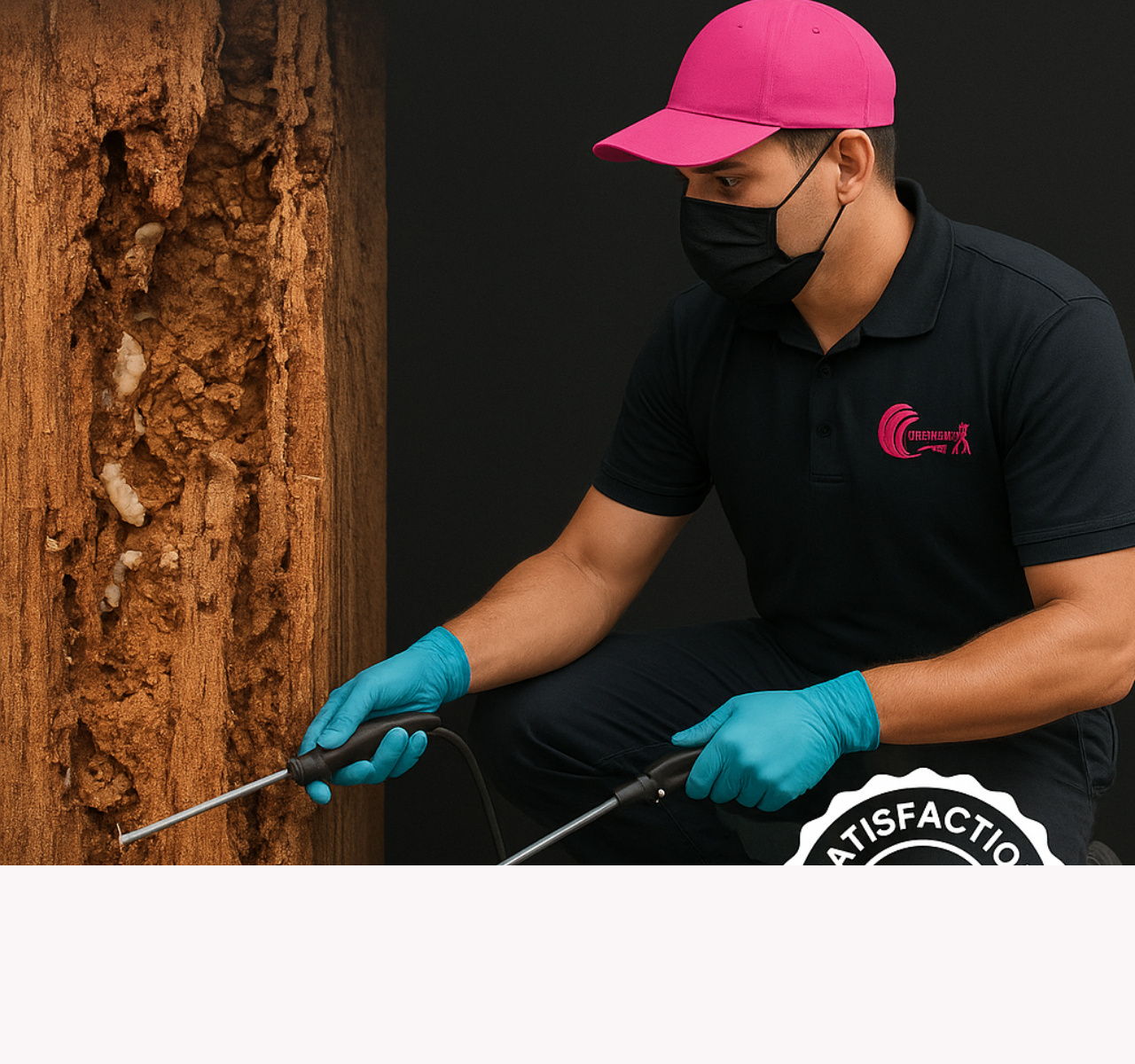Water Tank Cleaning Services in Ghaziabad
Why water tank cleaning is so important?
Water tank cleaning services play a crucial role in maintaining clean and safe water storage facilities for both residential and commercial properties. Clean water is essential for our daily lives, from drinking and cooking to bathing and cleaning. Over time, water tanks can accumulate sediment, debris, and contaminants, making regular cleaning a necessity.
Here we will explore the importance of water tank cleaning services, the benefits they offer, and some essential considerations when hiring a professional service provider.
The Importance of Water Tank Cleaning Services
Health and Safety: The primary reason for regular water tank cleaning is to ensure the health and safety of the individuals who use the water. Contaminated water can lead to a wide range of health issues, including gastrointestinal problems, skin conditions, and more severe diseases. Water tank cleaning helps prevent these health hazards by removing harmful bacteria, algae, and other contaminants.
Quality Assurance: Clean water tanks guarantee the quality of the water supply. Contaminated tanks can lead to foul odors and unpleasant tastes in the water, which can be unappealing and even unpalatable. Water tank cleaning ensures that the water remains clear, odorless, and safe for consumption.
Increased Tank Lifespan: Regular maintenance and cleaning extend the lifespan of water tanks. Sediment buildup and corrosion can weaken tank materials over time, leading to leaks and costly repairs. Professional cleaning prevents these issues and preserves the tank's structural integrity.
Compliance with Regulations: Many regions have strict regulations regarding water quality and storage. Regular water tank cleaning is often a legal requirement to ensure compliance with these regulations. Failure to adhere to these guidelines can result in fines and legal consequences.
Improved Water Quality: Professional cleaning services use specialized equipment and techniques to remove contaminants effectively, resulting in cleaner and safer water for consumption.
Preventive Maintenance: Regular cleaning can identify and address potential issues before they become major problems, saving you both time and money in the long run.
Reduction in Energy Costs: Clean tanks are more efficient, as sediment buildup can reduce heat transfer in hot water tanks and increase energy consumption. Cleaning ensures optimal performance.
Peace of Mind: Knowing that your water tank is clean and well-maintained provides peace of mind, knowing that you and your family or customers have access to safe and high-quality water.
Choosing a Water Tank Cleaning Service
When selecting a best water tank cleaning service, consider the following factors:
Experience and Expertise: Look for a company with a proven track record in water tank cleaning. Experience matters when it comes to effectively removing contaminants and maintaining tank integrity.
Certifications and Licensing: Ensure that the service provider holds the necessary certifications and licenses to operate in your area. This demonstrates their commitment to quality and compliance with regulations.
Equipment and Technology: Inquire about the equipment and technology they use for cleaning. Modern, efficient equipment can provide better results in less time.
Customer Reviews and References: Read customer reviews and ask for references to gauge the satisfaction of previous clients. A reputable company should have a history of satisfied customers.
Cost and Transparency: Request a detailed quote and ensure that there are no hidden fees. Transparency in pricing is essential for a trustworthy service provider.
Nature of our water tank cleaning
Cleaning a water tank is essential to ensure the quality and safety of the water it contains. The nature of water tank cleaning can vary depending on the type of tank, its size, and the water it stores (e.g., drinking water, industrial water, or wastewater).
Concrete Tanks
Overhead Water Tank
Underground Water Tank
Professional Water Tank
Household Water Tank
Industry Water Tank
Domestic Water Tanks
Steps Involved in Water Tank cleaning
Cleaning a water tank is crucial to ensure the supply of clean and safe drinking water. Neglecting this maintenance task can lead to waterborne diseases and contamination. Here are the steps involved in cleaning a water tank:
Preparation and Safety Measures:
Before starting the cleaning process, ensure you have the necessary safety equipment such as gloves, masks, and protective clothing. Also, turn off the water supply to the tank to avoid any accidents.
Drain the Tank:
Begin by completely draining the water tank. This can be done by opening the tank's drain valve or using a pump. Ensure that all water is removed to access the tank's interior.
Remove Sediments and Debris:
Use a scoop or a vacuum cleaner designed for wet environments to remove any sediment, debris, or sludge settled at the tank's bottom. These sediments can harbor bacteria and impurities.
Scrub the Interior:
With the tank empty, scrub the interior walls and floor of the tank using a stiff brush. Pay special attention to areas with visible dirt or biofilm buildup. Use a mixture of water and a mild detergent for effective cleaning.
Rinse Thoroughly:
After scrubbing, rinse the tank thoroughly to remove any detergent residue. Ensure that no soap or cleaning agents remain in the tank, as these can contaminate the water supply.
Disinfection:
To eliminate any remaining bacteria or pathogens, disinfect the tank. You can use a chlorine-based disinfectant or other suitable disinfection agents. Follow the manufacturer's instructions for proper dosage and contact time.
Flush the System:
Once the disinfection period is complete, flush the tank and the entire water supply system with clean water to remove any residual disinfectant. Ensure that the water coming out is clear and odor-free.
Inspect the Tank:
After cleaning and disinfection, inspect the tank for any cracks, leaks, or signs of damage. Address any issues promptly to prevent future contamination.
Refill the Tank:
Once you are satisfied that the tank is clean and in good condition, slowly refill it with clean, potable water. Ensure that the water source used for refilling is safe and free from contamination.
Monitor Water Quality:
Regularly monitor the water quality by conducting water tests for parameters such as pH, chlorine levels, and microbial contamination. This will help ensure the ongoing safety of the water supply.
Document the Cleaning Process:
Maintain a record of the cleaning and disinfection process, including dates, materials used, and any issues identified during inspection. This documentation can be useful for future reference and compliance with regulations.
Schedule Regular Maintenance:
Implement a regular maintenance schedule to clean and inspect the water tank at recommended intervals. This will help prevent the buildup of contaminants and ensure a continuous supply of safe drinking water.
Get in touch with us for the Water Tank Cleaning Services in Ghaziabad For more information contact Cleaning Boss on given website numbers...
.jpg)























